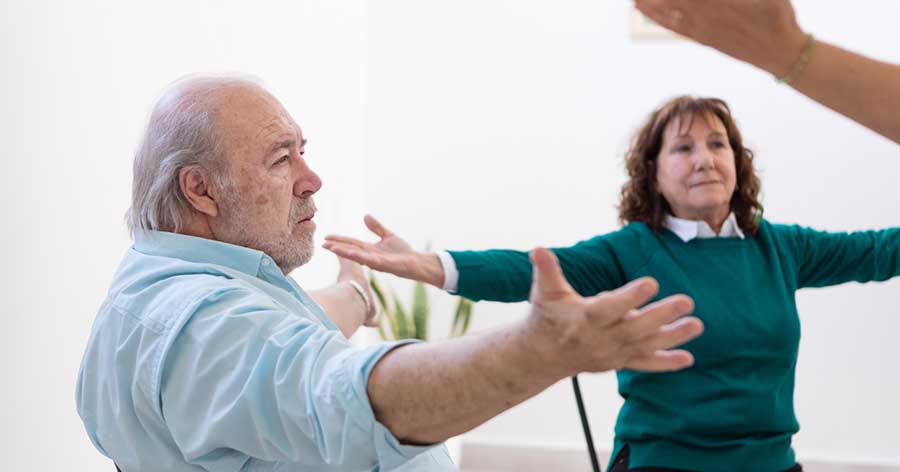The Five Year Forward View (NHS England, 2014) has been talked about at every meeting I have attended recently, but I never really knew what it was about in any great detail. However, the plan, which was published on 23 October 2014, is essentially the vision of NHS England’s Chief Executive, Simon Stevens. It has been described by NHS England as a “road map for healthcare” for the next five years.
As we know, by 2020 the NHS is expected to face a funding gap of £30 billion between the cost of the services it needs to provide and the money it has to spend on them. NHS leaders warn that they must take decisive action now to protect the quality of services and ensure the NHS remains sustainable in future. They say the actions set out in the Five Year Forward View, combined with NHS budget increases, could feasibly close the projected funding gap by either one third, one half or 100%, depending on how successfully the plan is implemented, by 2020–21.
The leaders of six key organisations involved in running and monitoring the NHS and related services drew up the plan. These include the Government arm’s-length bodies NHS England, Health Education England and Public Health England, which were created between 2011 and 2013 to take over many roles previously performed by the Department of Health. The other three were the healthcare regulatory bodies, the Care Quality Commission, Monitor and the NHS Trust Development Authority.
The Five Year Forward View sets out actions that need to be taken in four main areas affecting healthcare:
- It argues that more needs to be done to tackle the “root causes of ill health”, noting that the future sustainability of the NHS depends on a radical upgrade in disease prevention and public health. The plan backs “hard-hitting action” on obesity, alcohol and other major health risks.
- It commits to giving people more control of their own care, including the option of combining health and social care, and new support for carers and volunteers.
- It claims the NHS must change to meet the needs of patients, who are living longer, have more complex conditions and are more demanding. The plan sets out new models of care that break down the boundaries between traditional healthcare settings, physical and mental health, and health and social care.
- It sets out the actions needed to “develop and deliver” the new models of care, such as providing local flexibility in the way that payment, rules and regulatory requirements are applied – plus investing more in the workforce, technology and innovation.
New care models
The Five Year Forward View describes possible new care models that should be adopted to fit local situations, including the following:
- Allowing GP practices to join forces into single organisations that provide a broader range of services, including those traditionally provided in hospital.
- Creating new organisations that provide GP and hospital services together with mental health and community and social care, involving community and primary care nurses in so-called Multispecialty Community Provider roles.
- Helping patients who require urgent care to get it when they want, by creating urgent care networks that work seven days a week.
- Sustaining local hospitals where this is the best solution clinically, is affordable and has the support of local commissioners.
- Concentrating services into specialist centres where there is a strong relationship between numbers of patients and the quality of care.
- Improving opportunities for women to give birth outside hospital by making it easier for groups of midwives to set up NHS-funded midwifery services.
- Improving quality of life and reducing hospital bed use by providing more health and rehabilitation services in care homes.
- Finding new ways to support carers by identifying them more effectively and encouraging volunteering by, for example, offering council tax reductions.
The Multispecialty Community Provider role is one of the new care models suggested in the plan, and it has the potential to expand primary care leadership to include nurses. It would permit groups of GPs to combine with nurses, other community health services, hospital specialists and, perhaps, mental health and social care to create integrated out-of-hospital care. Early versions of this model are emerging in different parts of the country (NHS England, 2015).
I think this plan is admirable but the amount of work that will be required to implement it is staggering. Reading the document, it isn’t clear when the Five Year Forward View timeframe began or will end, or how it will be evaluated, but there are some visible changes so far, albeit small ones. I feel confident that the nursing profession will figure heavily in making this plan work. What do you think?





Man becomes world’s first recipient of trial drug for diabetic sight loss.
12 Apr 2024